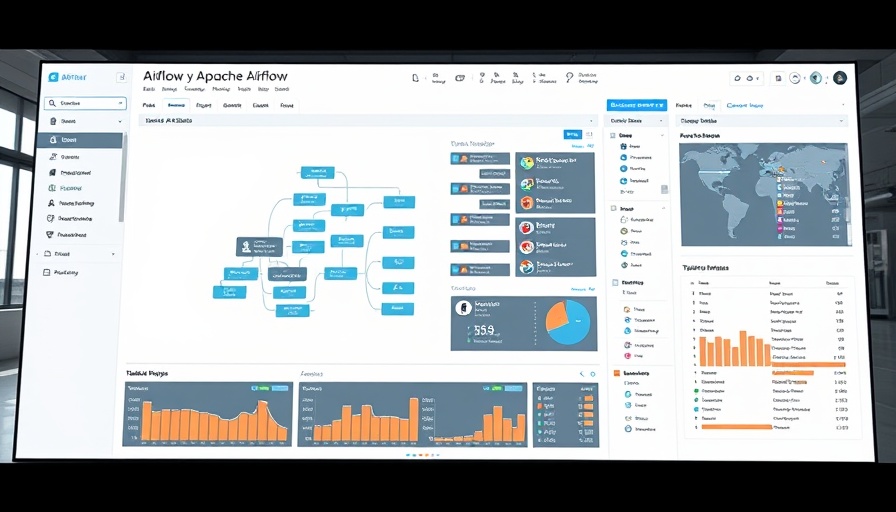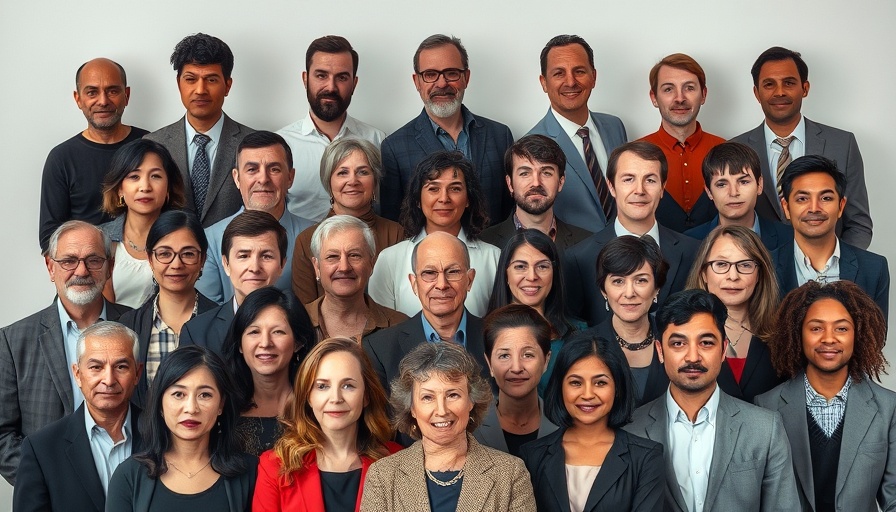
Understanding Apache Airflow and Its Importance
Apache Airflow is a powerful open-source platform that allows users to programmatically author, schedule, and monitor workflows. Designed for managing complex data pipelines, Airflow offers flexibility and scalability, making it an essential tool for businesses striving to optimize their data processes. With its intuitive interface and robust features, organizations can streamline operations and enhance productivity.
Creating Your First Data Pipeline
To get started with Apache Airflow, one must first install the software and familiarize themselves with its user interface. Users can create Directed Acyclic Graphs (DAGs), which represent workflows of tasks. By defining various tasks using Python, users can schedule and monitor the entire data pipeline effortlessly. This hands-on approach is especially appealing to newcomers, providing a clear pathway for learning and application.
Real-World Applications of Apache Airflow
From automating data processing to integrating machine learning workflows, Apache Airflow has numerous real-world applications. Companies utilize it for batch processing, ensuring that data flows seamlessly across diverse systems. This capability not only saves time but also reduces the risk of errors that could arise from manual data handling.
Future Trends in Workflow Automation
As businesses increasingly rely on data-driven decision-making, the demand for robust workflow automation solutions will grow. Expect to see further enhancements in Apache Airflow's capabilities to provide even more integrations with modern data tools. Its community-driven development ensures it will adapt to meet evolving user needs, making it a cornerstone in the future of data pipeline management.
Understanding and embracing tools like Apache Airflow not only equips individuals with in-demand skills but also positions organizations to thrive in a data-centric world. Investing time in learning this technology can yield long-term rewards, paving the way for innovation and efficiency in data handling.
 Add Row
Add Row  Add Element
Add Element 



Write A Comment